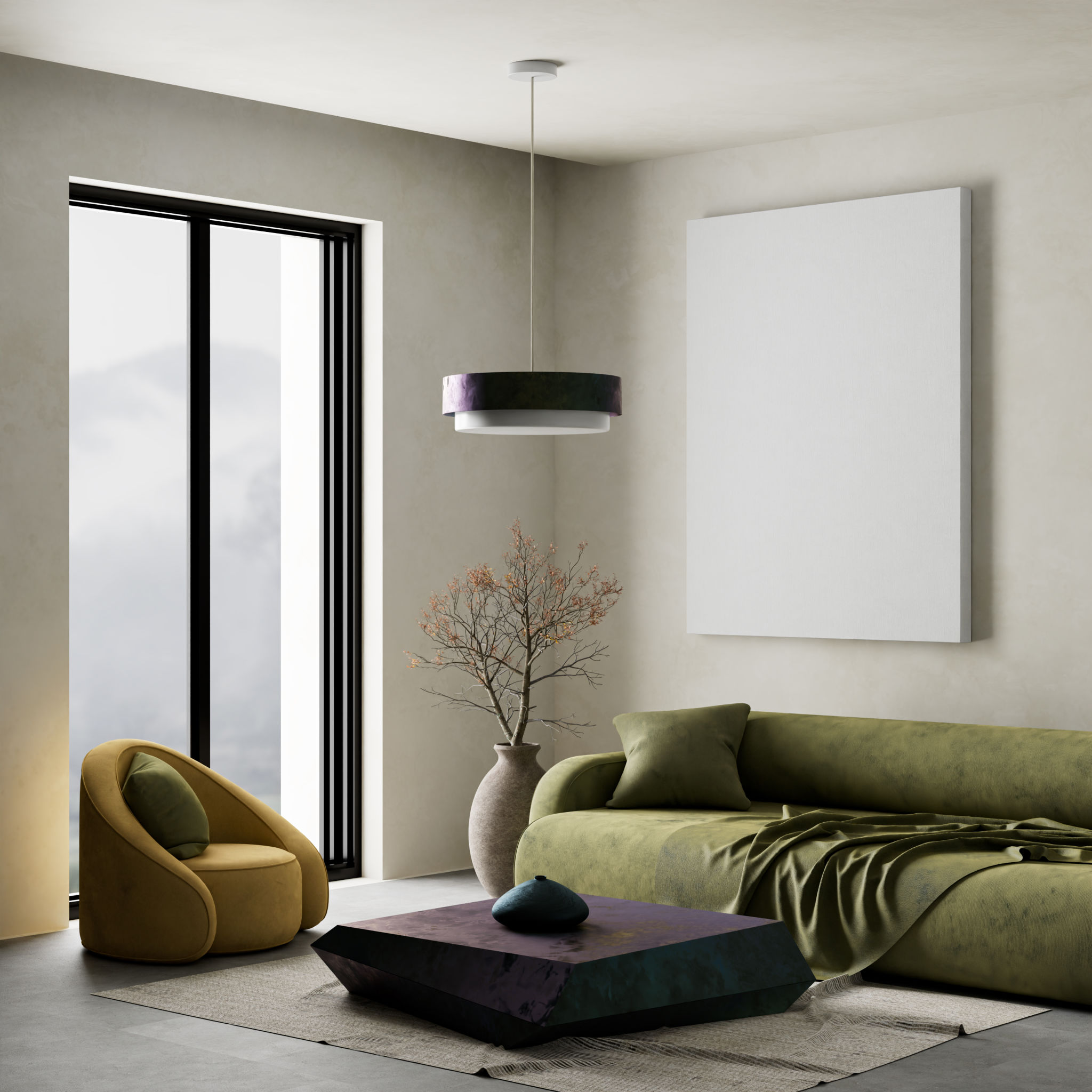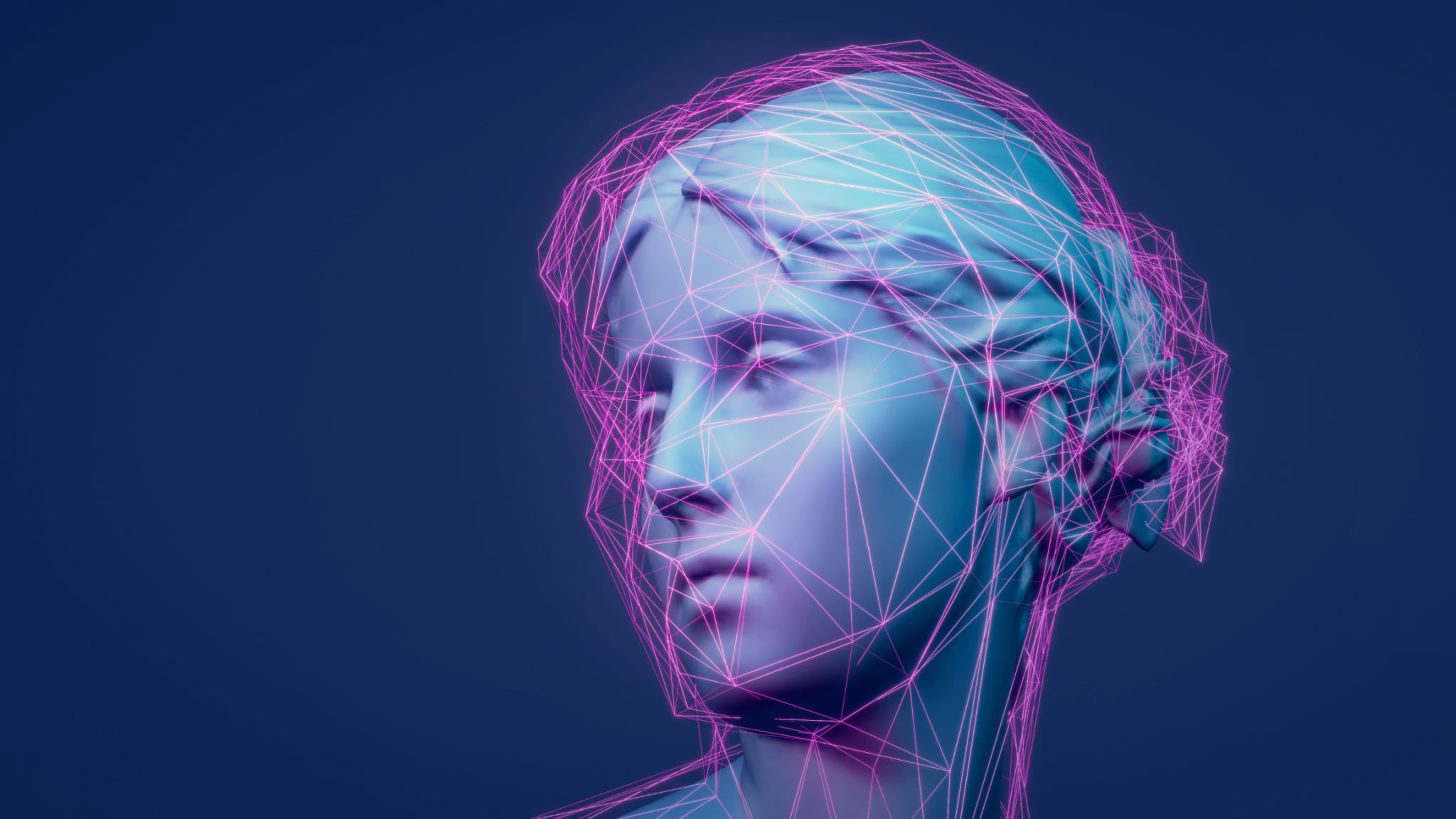Top Trends in Graphic Design for Online Branding Success
Embracing Minimalism
One of the most enduring trends in graphic design for online branding is the embrace of minimalism. By focusing on simplicity and clarity, brands can create a strong visual impact with fewer elements. This approach not only enhances user experience but also ensures that the brand message is communicated effectively.
Minimalist designs often utilize ample white space, clean lines, and limited color palettes. This style helps in directing the viewer's attention to the most important aspects of the design, such as logos or call-to-action buttons. It is a powerful way to communicate professionalism and sophistication.

Bold Typography
Typography has always been a crucial component of graphic design, but recent trends emphasize the use of bold and expressive fonts. Large, impactful typography can convey a brand's personality and values at a glance. Designers are experimenting with custom typefaces and variable fonts to create unique brand identities.
Utilizing bold typography can help brands stand out in a crowded digital landscape. When combined with minimalistic design principles, it creates a harmonious balance that captures attention and ensures readability.
Vibrant Color Palettes
While minimalism focuses on simplicity, another trend is the use of vibrant and dynamic color palettes. Bright, bold colors can evoke emotion and create memorable brand experiences. Designers are increasingly using gradients and color transitions to add depth and dynamism to their designs.

Brands are not shying away from unconventional color combinations to make a statement. The strategic use of color can help in differentiating a brand from its competitors and in creating a distinct visual identity.
3D Design Elements
The incorporation of 3D elements is gaining traction in the realm of graphic design, offering a sense of realism and depth that 2D designs often lack. With advancements in technology, designers can create intricate 3D graphics that enhance user engagement.
3D elements can be used in various ways, from product mockups to immersive website interfaces. This trend allows brands to showcase their offerings in a more interactive and appealing manner, thus enhancing the overall brand experience.

Sustainable Design Practices
As awareness of environmental issues grows, many brands are adopting sustainable design practices. This trend involves using eco-friendly materials and processes, as well as creating designs that promote sustainability and ethical values.
Sustainable design is not just about visuals; it also encompasses the principles of reducing waste and promoting longevity. Brands that incorporate these practices into their design strategy demonstrate responsibility and commitment to global issues, which can build trust with consumers.
Motion Graphics
Motion graphics continue to be a powerful tool for capturing attention and conveying complex information quickly. With social media platforms prioritizing video content, incorporating motion into graphic design is becoming increasingly important for online branding success.

From animated logos to explainer videos, motion graphics can make brand stories more engaging and memorable. This dynamic form of storytelling is versatile and can be adapted to various platforms and audiences.
Personalized Design Experiences
In the digital age, personalization plays a key role in building strong connections with consumers. Customizing design elements based on user preferences and behavior can enhance user experience and increase brand loyalty.
Brands are leveraging data to create personalized experiences that resonate with their audience. This trend involves tailoring visuals, messaging, and even product offerings to meet individual needs, making the brand feel more relatable and customer-focused.